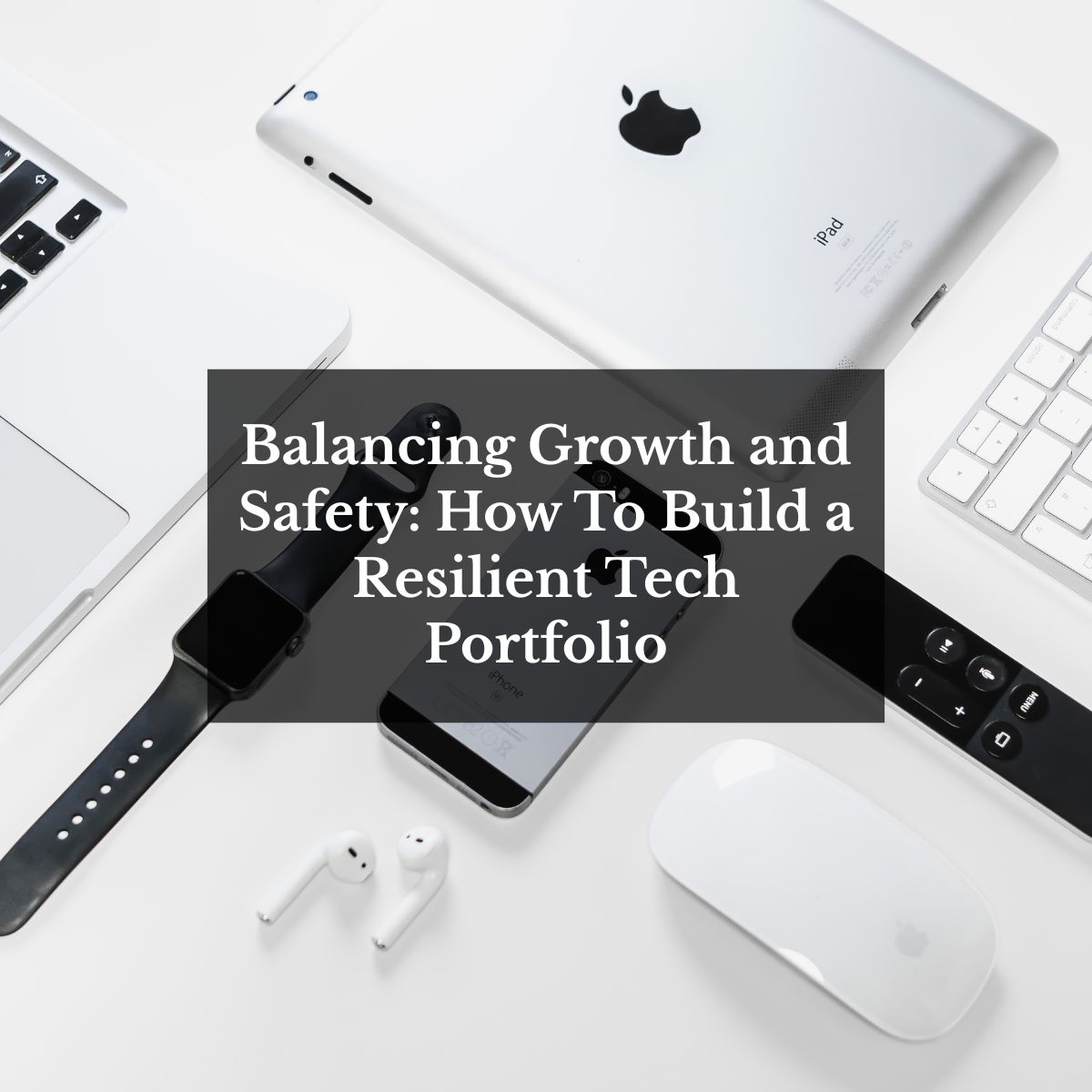“Markets climb a wall of worry” is an old saying about the stock market. And there has been plenty to be worried about over the past six months. The very foundation of our financial system has been shaken to its core by the sub-prime and credit crisis, which has in turn destabilized the entire global financial system.
While we are not out of the woods yet, we believe the markets are responding to the administration’s recovery strategy and showing some signs of stabilizing. Accordingly, we have carefully begun the process of re-positioning our portfolios to benefit from the anticipated, if gradual, improvement in the economy.
Recovery is a Process, Not an Event
Recovery is a process, not an event. Our plan is to slowly reduce our very overweight cash position and add to our equity and bond holdings as the markets firm up. Since we know we can’t time these events and we know that there will be plenty of volatility over the next year, we will be using the following strategy to transition our portfolios back to their normal long-term weightings as the economy revives:
1. Dollar cost average back in over time as events warrant. This prevents us from trying to time the recovery.
2. Begin by using lower-volatility mutual funds, which have held up well during the meltdown of 2008. This tactic will provides some downside protection in the near term as we rebuild equity positions. Should the market retest its lows, these types of funds should hold up better than the more traditional mutual funds.
3. As we become more confident, continue averaging back in with more traditional funds.
4. Rebalancing the portfolios, when necessary to control risk.
5. Eventually, we will be reducing exposure to traditional bonds should inflation (and/or interest rates) pick up and increase exposure to Treasury Inflation Protected (TIPS) bonds and other investment classes that do better during inflationary environments.
By following this strategy, we reap the benefits of the dollar-cost-averaging technique while building exposure to equities over time. It also gives us a hedge by using low-volatility funds and the ability to move quickly should inflationary pressures appear sooner than later.
We know this strategy will underperform the stock market (as defined by the S&P 500) in the short-term, should the market recover more quickly than we anticipate. However, the risk of trying to match S&P 500 performance over the near term is currently too high. It’s a little like trying to catch a falling knife. The chances of getting hurt are simply too high.
Flexibility and Liquidity
The most valuable asset we can own now is flexibility. We need the flexibility to make changes to our portfolios, that will benefit from the sequencing of events that are about to unfold in the near-term.
Liquidity is also important in this environment. We do not recommend locking up investments in any investment vehicle that requires you to stay in that investment for more than one year. (Investments such as: CD’s, insurance policies and annuities). Rates are so low now that when inflation does return, even in a mild form, owners of these so called “safe” investments won’t be happy with them and won’t be able to get out of them without very severe surrender penalties, taxes and loss of purchasing power.
We understand preservation of capital is now paramount for many investors. Our portfolios managed to avoid the 40% to 50% losses experienced by the global markets in 2008 by about half. So the hole we are climbing out of is not as deep as it would have been otherwise. Because of this, we have more latitude to re-engage the markets more cautiously and not focus so much on trying to catch the full upside of an S&P 500 rebound. Focusing on risk first and performance second has always been one of our strengths and we will continue to adhere to that tried and true philosophy.
It’s important to remember that managing money is a dynamic process. We are constantly reviewing, adapting or changing our strategies as events in the domestic and foreign markets unfold. Rather than adhering to a single approach, a cornerstone of our investment process has always been to remain flexible and open minded in successfully achieving our primary goal, which is our fiduciary duty to our clients and their families.
![]()



